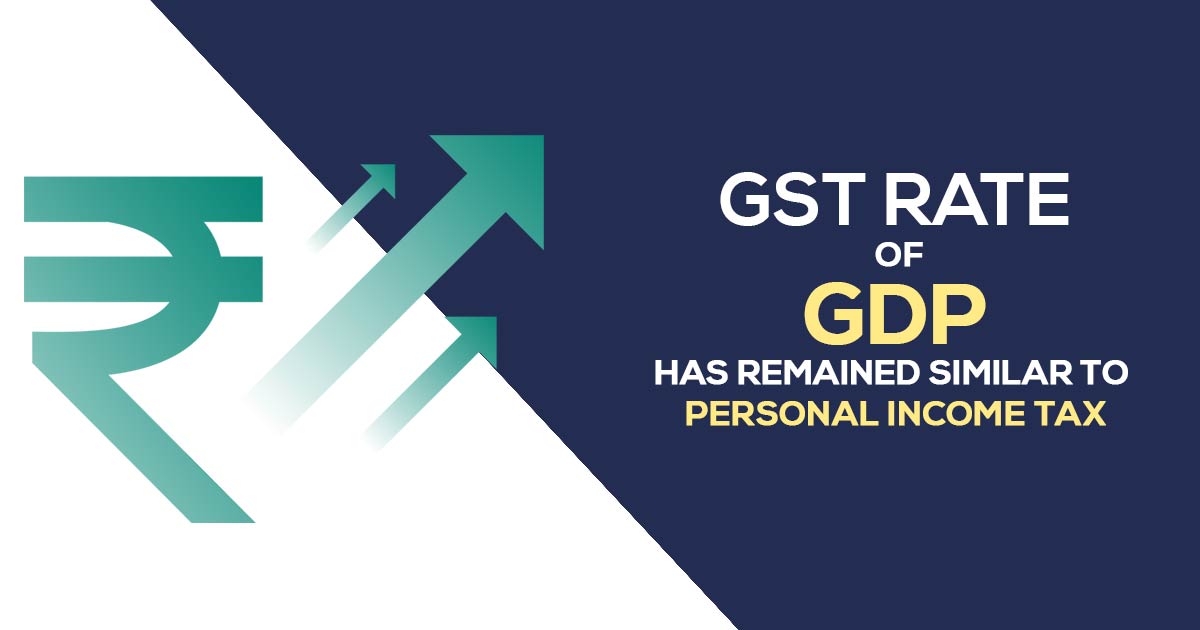
According to a report from the Finance Ministry, the Goods and Services Tax (GST) has maintained parity with personal income tax as a percentage of GDP. This is attributed by economists to consumer demand, compliance, and maybe some effects of inflation. Another opinion holds that this tendency is not ultimately resulting in a system of regressive taxes.
Since its execution in the fiscal year 2017-18, GST would have become the biggest contributor to indirect taxes, beneath the Fiscal Responsibility and budget management act 2003 the finance ministry report made to fulfil the government obligations.
It revealed that the GST percentage of Gross Domestic Product (GDP) increased to 3.1 per cent in FY23 from 2.8 per cent in FY21. at the same time period, the percentage of personal income tax in GDP increased from 2.5 to 3.1%. In addition to GST, indirect taxes include Custom Duty and Central Excise Duty (mostly charged on petrol and diesel). Direct taxes include both corporate income tax (CIT) and personal income tax (PIT).
Important: MP, KA, and UP States Achieve Highest Growth Rate in GST Revenue
While indirect taxes are referred to as regressive because they are levied based on the value of the goods rather than the consumer’s income, direct taxes are progressive since they increase people’s tax incidence as their income increases. A budget document states that the individual projected growth rates for direct and indirect tax receipts are 10.5% and 10.4%, respectively.
The anticipated buoyancy of the global tax rate (GTR) is 0.99. With a projected GST buoyancy of 1.14 in the next year, the Indirect tax collection is likely to increase as the GST tax collection stabilizes. The expected direct and indirect tax contributions to gross tax revenue (GTR) in BE 2023–24 are 54.4% and 45.6%, respectively.









